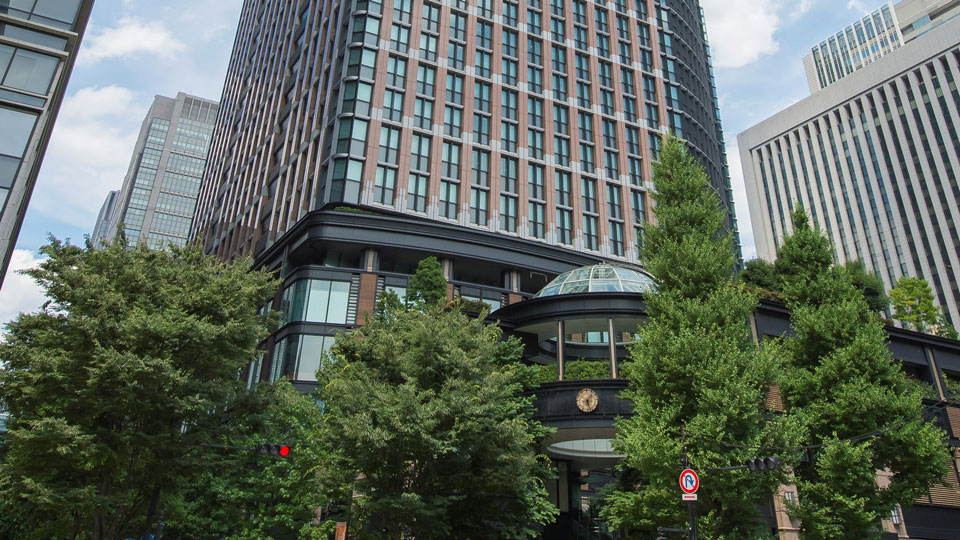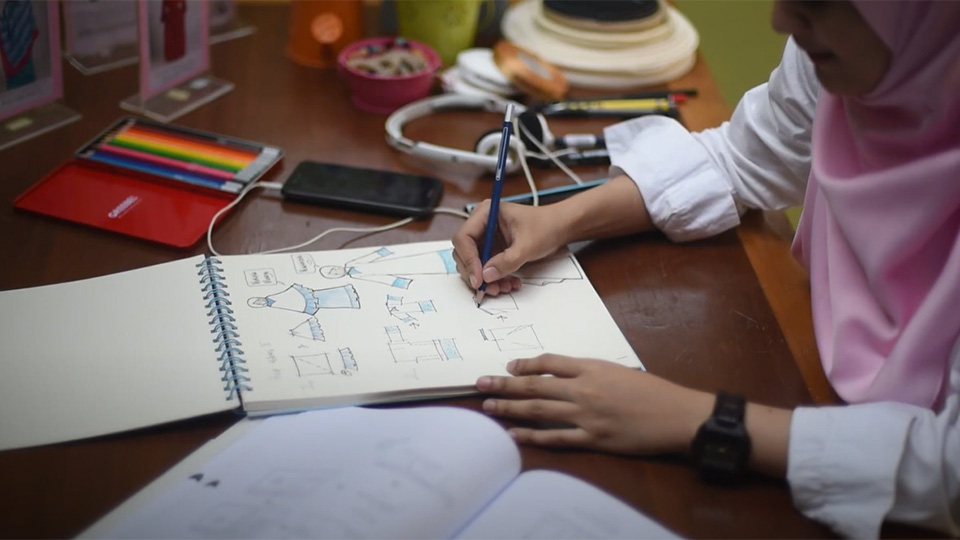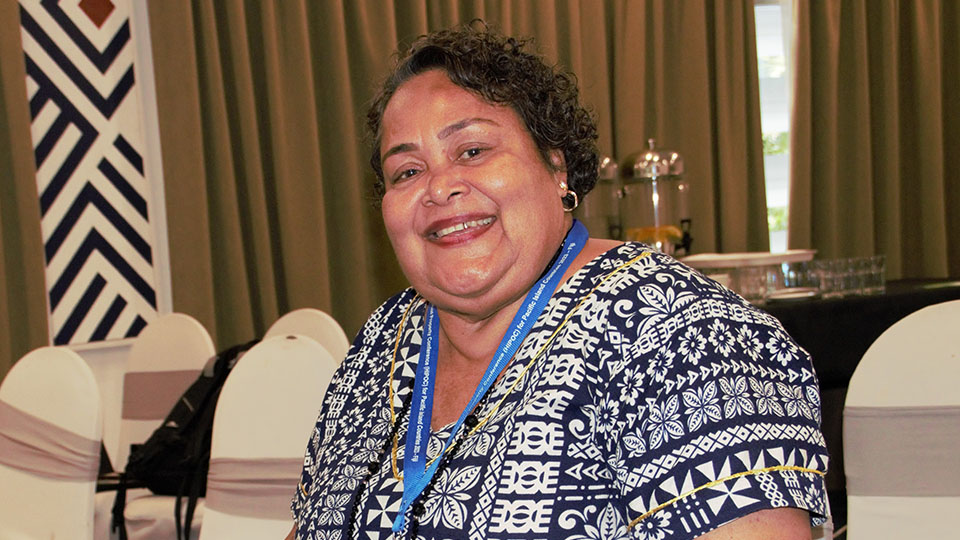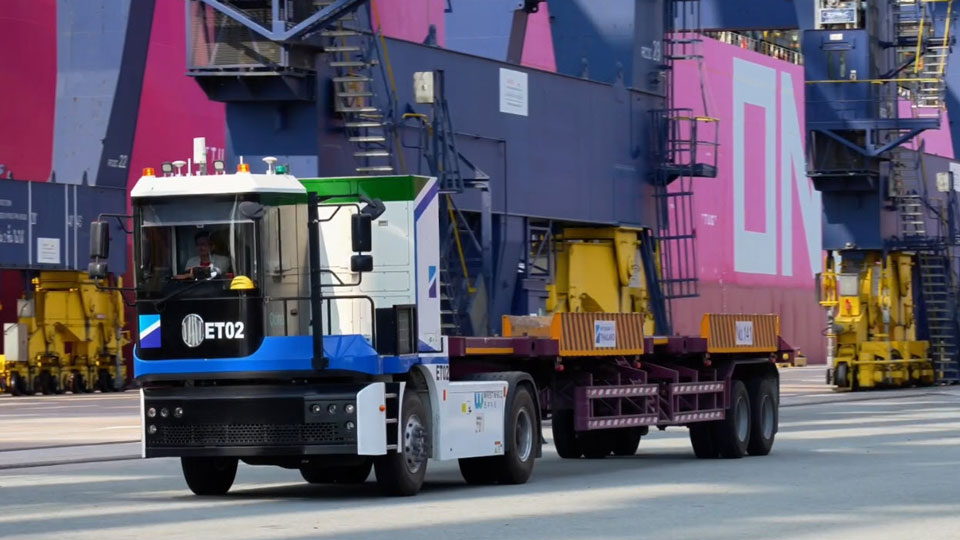Valiant Samoan Organic Raw Cacao Paste Producer Mixes Tradition and Innovation
Samoan theobroma, or raw cacao, is the food of the gods, no less, according to Anasetasia LoTam-Ah Ching, a raw cacao paste producer. The energetic and high-spirited owner of KOKOan@ refined the traditional way of roasting raw cacao beans, directly off the pod, which she says has unique flavor, taste, and property.

After an upbringing in her native Samoa, Anasetasia left for New Zealand and became the successful owner of two hair salons. After 26 years in the trade, she was ready for a change and came back to Samoa in 2015.
Her husband, a painter, and a farmer had a 24-acres family land, on which he had planted cacao trees. Anasetasia had her inspiration, “I saw potential, I saw beauty in the product.” “I saw what it could do to our food business, farmers and growers in Samoa, what we could provide communities, and this food of the gods, it was in our backyard,” she said.
Over the next three years, she intensively researched how best to preserve cacao paste and she developed a process and a product according to health and safety standards. She also designed a new stackable packaging as Styrofoam cups mainly used as containers for cacao paste had been banned from the country.
In November 2019, KOKOan@ was born and with it an organic, raw, 100 % pure cacao paste that has 18 months shelf life, which Anasetasia said is a true innovation.
Processing Cacao Beans
Traditional roasting straight off the pod, Koko Malu Maka, Samoan’s darling
Koko, she said, “is our favorite drink.” Koko is the Samoan word for cacao, malu is the cacao paste, and maka means raw.
Anasetasia wanted to promote the unique traditional way of roasting raw cacao, straight off the pod. She insisted cacao beans have to be processed immediately after harvest. First comes the winnowing during which the husk (shelf) of the beans is removed manually. Then the cacao beans go through low-heat fire roasting.

After three rounds of roasting and sorting the beans to make sure they all cook in the same way, they go to the grinding machine. The paste that is obtained has to cool down and harden over days before it is packed and sealed.
Starting with manual grinding in a traditional tanoa (wooden vessel), Anasetasia quickly invested in a grinding machine for a more practical and healthier production that also allowed her to differentiate her products, creating a smooth version of her paste, and a crunchy type, with cacao nips. “Samoans love those nips,” she said.
KOKOan@’s method differs from most processing methods in which cacao pods are fermented and sun-dried. Cacao beans “don’t like it, they turn bitter,” she said, adding that processing cacao over 200 degrees Fahrenheit separates the pulp from the fat, which has then to be reinjected during a later processing stage.
“When you roast cacao beans, straight off the pod, they don’t turn bitter and do not need much sugar.” Low-heat roasting also preserves all of the cacao’s nutritious properties, and keeps the integrity of the beans, she added.
Health benefits of Cacao
Koko for a Healthy Heart
According to a wide body of research cacao contains iron, zinc, selenium, and magnesium, but above all, Anasetasia said, it has the highest content of flavanols, plant-based antioxidants thought to improve the health of the cardiovascular system, and support the function of blood vessels.
KOKOan@’s Koko Malu Maka can be used in many ways: diluted in hot milk to brew a delicious koko drink, boiled to get the most out of the aroma, or cut into small pieces as baking chocolate. Both products can also be eaten directly off the bar.
Anasetasia is also working on her next product: 10-grams snack packs of cacao nibs, which she says contributes to a healthy daily intake of organic raw cacao.
Rebuilding KOKOan@’s Cacao Factory from the Ground Up
Determination and Courage Facing Adversity
In 2021, disaster stuck. Due to an unexpected and sudden partition of the family land, the factory built with such care had to be dismantled. However, giving up never crossed Anasetasia’s mind. With the means at her disposal, she built a small outside kitchen where the two first rounds of roasting and hand winnowing are carried out, while the final roasting and manufacturing are done inside the family home. Relentless, the cacao producer insisted “even it if is a slow process, with every little money we get, we extend or add features to our outdoor kitchen to rebuild our koko factory.”
Traditional and Ethical Cacao Production
Awareness Raising Key to Growing the Business
Anasetasia uses the pods from her plantation as well as the production of local people and small farmers. Although her product is of the highest quality, and she proudly promotes the ancestral way of processing raw cacao, it requires a lot of work and she finds that her selling prices do not reflect her products’ quality and “do not bring farmers the revenue that they deserve given the work they put in cultivating cacao.”

Old habits die hard, she said, as she found out that her new biodegradable packaging, although more practical and safer, is disrupting the market, as well as the fact that she uses a grinding machine, even though her products are organic, and certified by the Samoan Health Department.
She hopes that with the government’s help, she can raise awareness among local and international consumers about the uniqueness of her products, and their health benefits and tastiness.
Distribution of KOKOan@ Cacao in Supermarkets in Samoa and Beyond
Because the company is still young and customers have yet to get used to the new packaging, for the moment, KOKOan@ mainly sells to a supermarket chain in Samoa and exports to New Zealand. The 18-month shelf life of the cacao paste allows a constant supply of the product, even outside of harvesting season.

Anasetasia is in negotiation with a new company in New Zealand and is determined to place her products in Samoa and elsewhere in the delicacy section of supermarkets and specialty stores. She is also exploring other uses for her cacao paste, including as an ingredient in natural cosmetics, and ways to sell online.
Building Customers’ Trust through Effective Branding
“I first learned the word ‘entrepreneur’ when I was studying hairdressing,” Anasetasia remembered. “I was 16 then, but it has been my favorite word ever since.”
Working with the Samoan branding bureau, under the Ministry of Commerce, Industry and Labour (MCIL) in collaboration with WIPO, Anasetasia learned about the importance of intellectual property protection, and branding.
She registered her name KOKOan@ in Samoa. Koko, she said, stands for cacao, and Ana for her down syndrome daughter, Stevana, who is “my reliable, passionate, dedicated employee and assistant, always the first to start and the last to leave.”
The family business has eight staff, including Anasetasia , her husband, and Stevana. “If I had my dreams come true, it would be at least 25 people, and we would be able to produce a thousand logs a week,” she mused.
Anasetasia is now keen to learn more about intellectual property and how it can help her business further, in particular raising awareness about her product and building customers’ trust.



